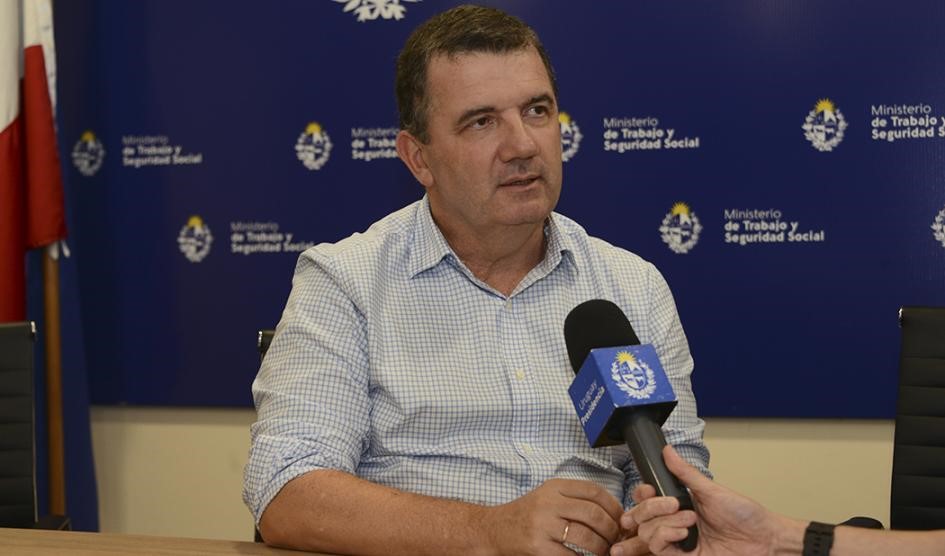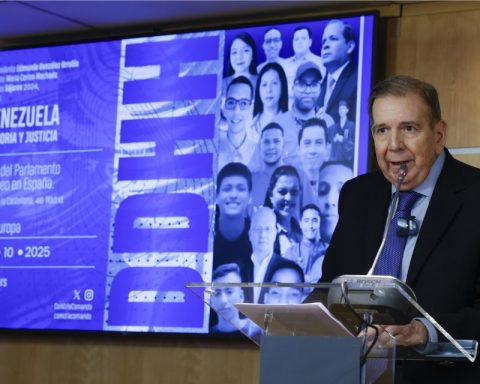New standard that regulates and reduces processing times
Decree 371/022, in force since March 1, regulates the operation of the General Inspectorate of Labor and Social Security (IGTSS), introducing the possibility of using photos and videos in inspections and expediting the processing of files . The aim is to provide certainty to workers and employers, and provide greater transparency to the process, indicated the General Labor Inspector, Tomás Teijeiro.
In dialogue with Presidential Communication, Teijeiro reported that the regulations were implemented to increase closeness with citizens, provide transparency to the processes that workers and employers address, and increase efficiency in the service that the State provides them.
The decree “very much protects workers and companies in what has to do with general working conditions, environmental conditions and fundamental rights,” said the hierarch. Likewise, it contemplates “new ways of approaching the citizen at inspection times, new ways of understanding labor relations and new ways of working,” he said.
For Teijeiro, one of the strengths is that it is possible to reduce deadlines in the management of the files. “As we all know, in terms of the search for justice, the defense of interests and the defense of rights, time is usually a fundamental factor. So, the less time one is subjected to a file, their rights are more protected ”, he pointed out.
The hierarch indicated that the regulation provides a clear roadmap for workers, employers and their legal advisors. “Workers and employers have a very clear picture. He tells them specifically what the stages of the process are and how the file is going to progress, ”he indicated. This seeks to grant “certainty in their working life” and, ultimately, “peace in labor relations,” he stated.
Likewise, it provides for issues of modern administrative law in terms of prescription periods, expiration and the possibility of paying fines for minor infractions within a certain period with bonuses.
The standard establishes three types of inspection: the traditional one, which consists of a face-to-face visit to the workplace; summons, which implies that the parties appear before the IGTSS, and the use of electronic data verification mechanisms in the documentation or information systems of the Ministry of Labor and Social Security.
In addition, Teijeiro explained that the inspectors do not acquire new powers. The changes affect the way they carry out their work, “updated to the times in which we have to live”, he described. By way of example, he pointed out that now they can record videos or take pictures. “The work of the inspectors must necessarily be, first of all, educational, outreach, to make labor standards available to workers and employers,” he said.
Finally, he reported that the decree unifies a set of regulations related to labor that were developed at different times. One of them was decree 680/977, with more than 40 years that regulated the competence of the IGTSS.
The regulations were prepared with the advice of the International Labor Organization (ILO), experts in Administrative Law, the legal teams of the portfolio and the union of inspectors, he reported.

















